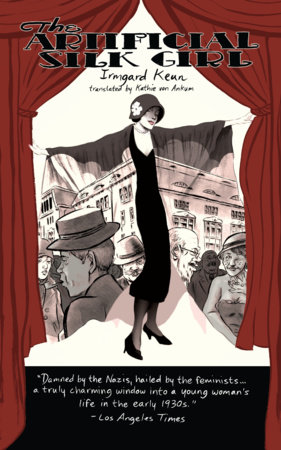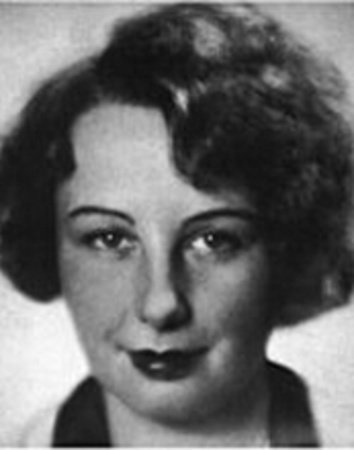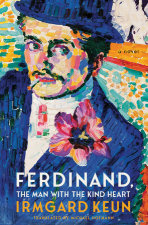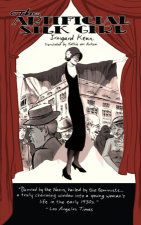The Artificial Silk Girl
A Novel

In 1931, a young woman writer living in Germany was inspired by Anita Loos's Gentlemen Prefer Blondes to describe pre-war Berlin and the age of cinematic glamour through the eyes of a woman. The resulting novel, The Artificial Silk Girl, became an acclaimed bestseller and a masterwork of German literature, in the tradition of Christopher Isherwood's Berlin Stories and Bertolt Brecht's Three Penny Opera. Like Isherwood and Brecht, Keun revealed the dark underside of Berlin's "golden twenties" with empathy and honesty. Unfortunately, a Nazi censorship board banned Keun's work in 1933 and destroyed all existing copies of The Artificial Silk Girl. Only one English translation was published, in Great Britain, before the book disappeared in the chaos of the ensuing…

Irmgard Keun was born in Berlin in 1905. She published her first novel, Gilgi, One of Us, in 1931. Her second novel, The Artificial Silk Girl, became an instant bestseller in 1932, but was then blacklisted by the Nazis. Eventually sentenced to death, she fled the country and staged her own suicide before sneaking back into Germany, where she lived undercover for the duration of the war. She later resumed writing under the name of Charlotte Tralow, enjoying only modest success until her early works were rediscovered and reissued in the late 1970s. She died in Cologne in 1982.

